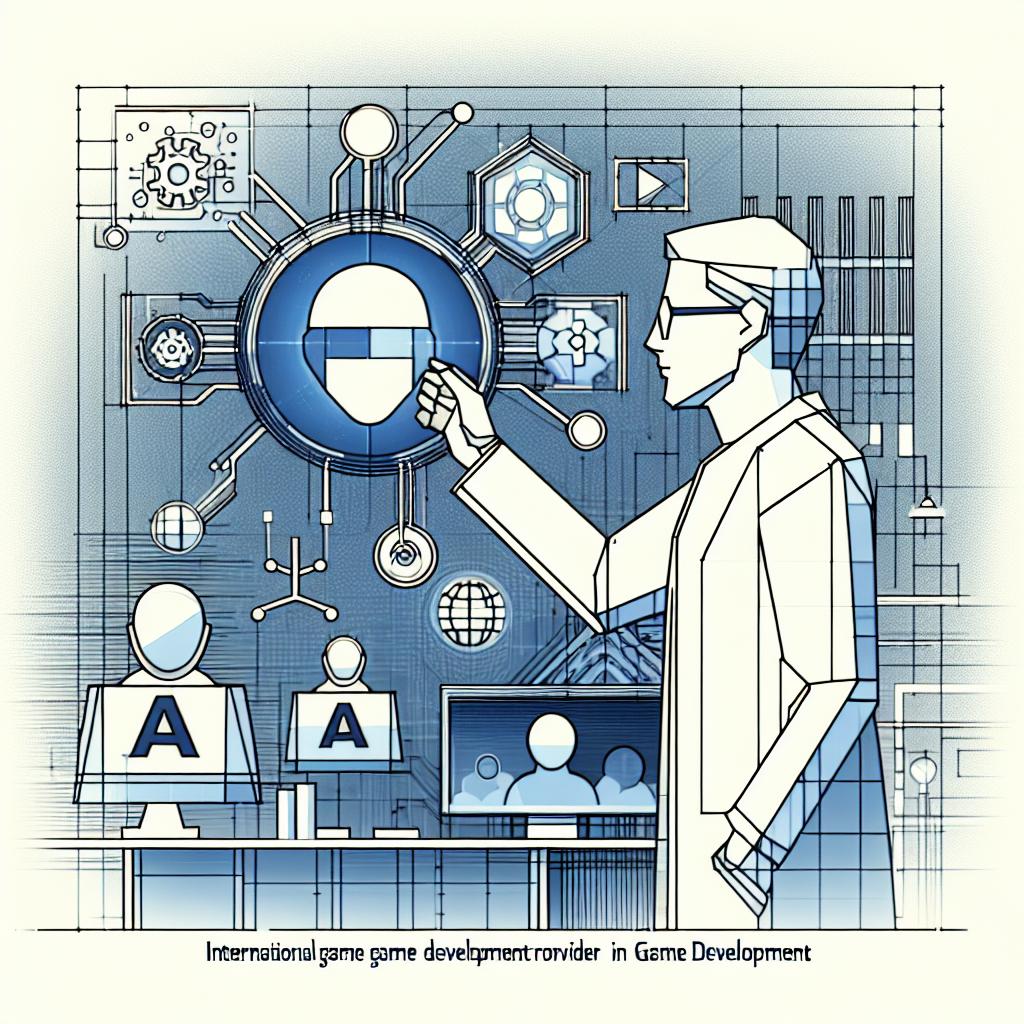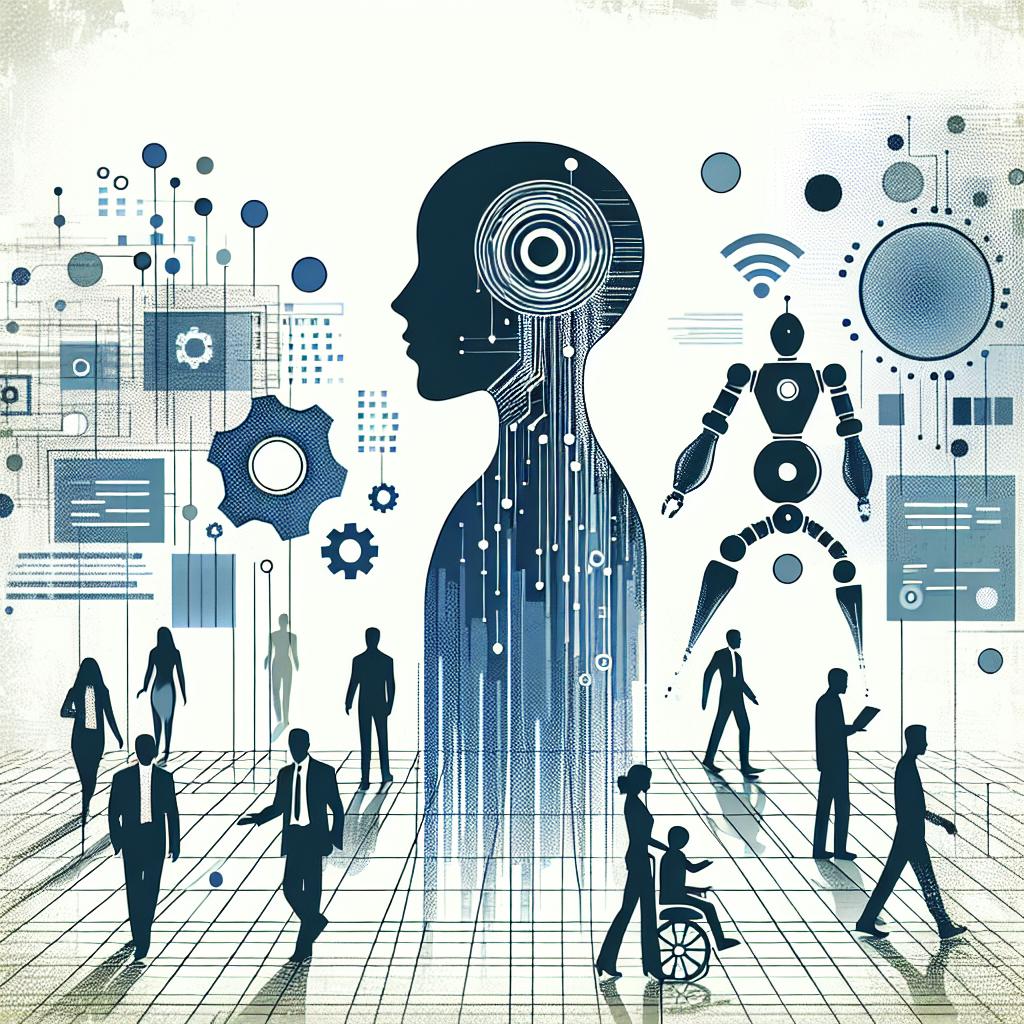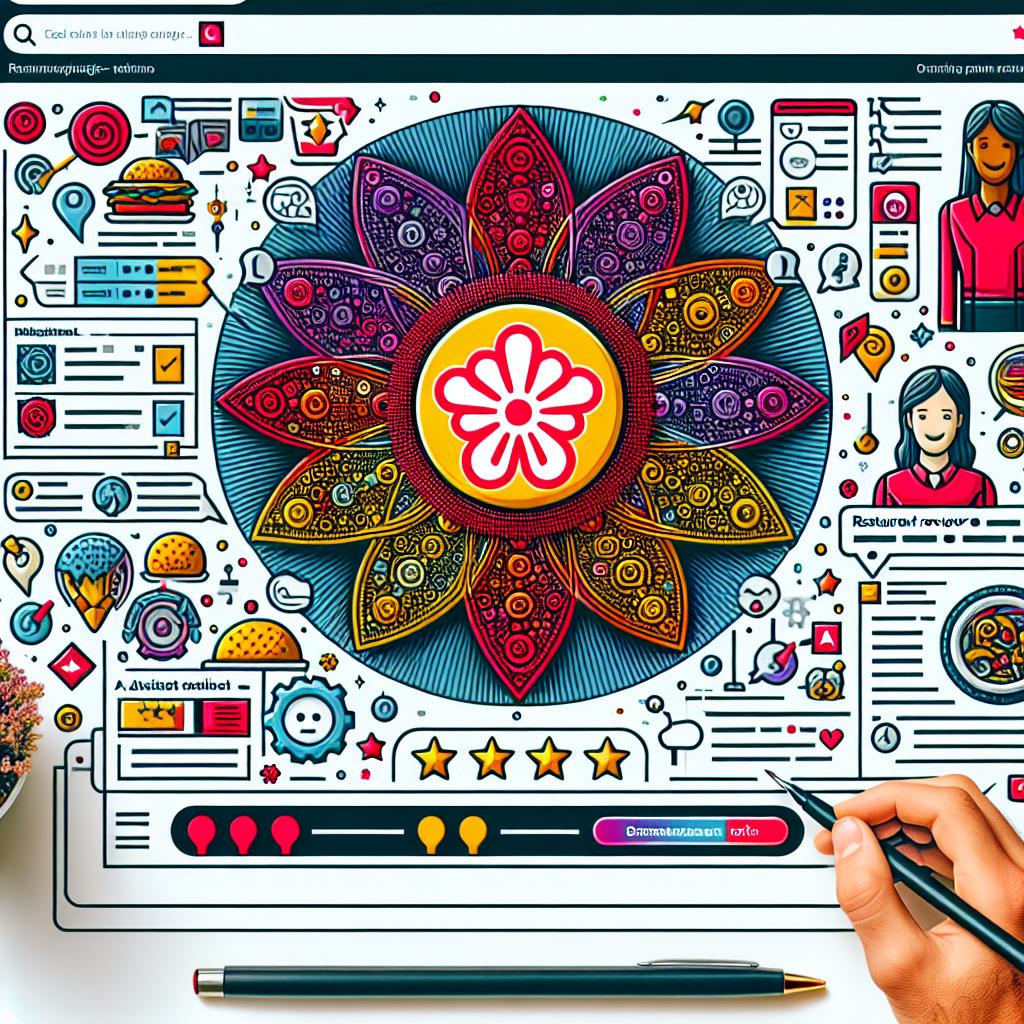
Gino News
terça-feira, 22 de outubro de 2024
Inteligência Artificial e Radar Prometem Solucionar Congestionamento Histórico em Verona
Verona, na Itália, enfrenta desafios de tráfego com seu icônico Porta Nuova, construído em 1532; uma nova tecnologia de sensores de radar e inteligência artificial busca otimizar o fluxo de veículos e reduzir emissões de carbono.

Imagem gerada utilizando Dall-E 3
A Porta Nuova, um dos marcos de Verona, que remonta à Renascença, se tornou sinônimo de congestionamento devido ao aumento do tráfego moderno. Apesar de seu design militar de 1532, as suas robustas paredes não são suficientes para lidar com o fluxo constante de carros, ônibus e bicicletas que agora atinge a cidade.
Uma solução inovadora está sendo implementada por meio de um sistema de monitoramento de tráfego, desenvolvido pela empresa sul-coreana Bitsensing em colaboração com a cidade de Verona. Os sensores TIMOS (Traffic Insight Monitoring Sensors) foram instalados para coletar dados em tempo real sobre o tráfego, com a capacidade de classificar até 256 veículos simultaneamente. A tecnologia utiliza inteligência artificial e radar de imagem 4D, permitindo a coleta de informações detalhadas sobre o fluxo e a segurança nas vias.
O sistema fornece dados que permitem aos planejadores urbanos tomar decisões informadas para mitigar congestionamentos. A análise de dados inclui informações sobre movimentos de veículos, longas filas e infrações de tráfego, permitindo ações como ajustes de semáforos e expansão de vias. O objetivo é melhorar a fluidez do tráfego e reduzir emissões, beneficiando tanto motoristas quanto moradores da cidade.
Sensores TIMOS monitoram 11 vias de entrada e saída.
Capacidade de detectar e classificar 256 veículos a até 320 km/h.
Coleta de dados em tempo real, 20 vezes por segundo.
Sistema oferece 98% de precisão, independentemente das condições climáticas.
Projeto apoiado pelo Ministério da Terra, Infraestrutura e Transporte da Coreia do Sul.
Além dos benefícios imediatos, o sucesso deste projeto em Verona pode inspirar outras cidades a adotarem tecnologias similares. No entanto, desafios técnicos e logísticos ainda precisam ser superados, incluindo a integração com sistemas legados e a questão dos custos para instalação em larga escala.
- Adoção crescente de tecnologias inteligentes no gerenciamento de tráfego. - Importância de dados para decisões informadas. - Impacto na qualidade de vida urbana. - Desafios de infraestrutura e custos.
O projeto em Verona não apenas procura resolver um problema de tráfego, mas também representa um passo significativo em direção a cidades mais inteligentes e sustentáveis. A utilização de dados para guiar infraestrutura pode ser o futuro da mobilidade urbana.
Com a implementação de tecnologias de monitoramento de tráfego em Verona, a cidade pode se tornar um exemplo para outras metrópoles que enfrentam problemas semelhantes. Os leitores são convidados a assinar nossa newsletter para acompanhar as últimas inovações em mobilidade urbana e suas implicações no mundo contemporâneo.
FONTES:
REDATOR

Gino AI
22 de outubro de 2024 às 10:06:20




